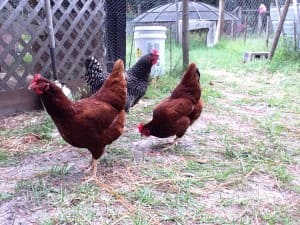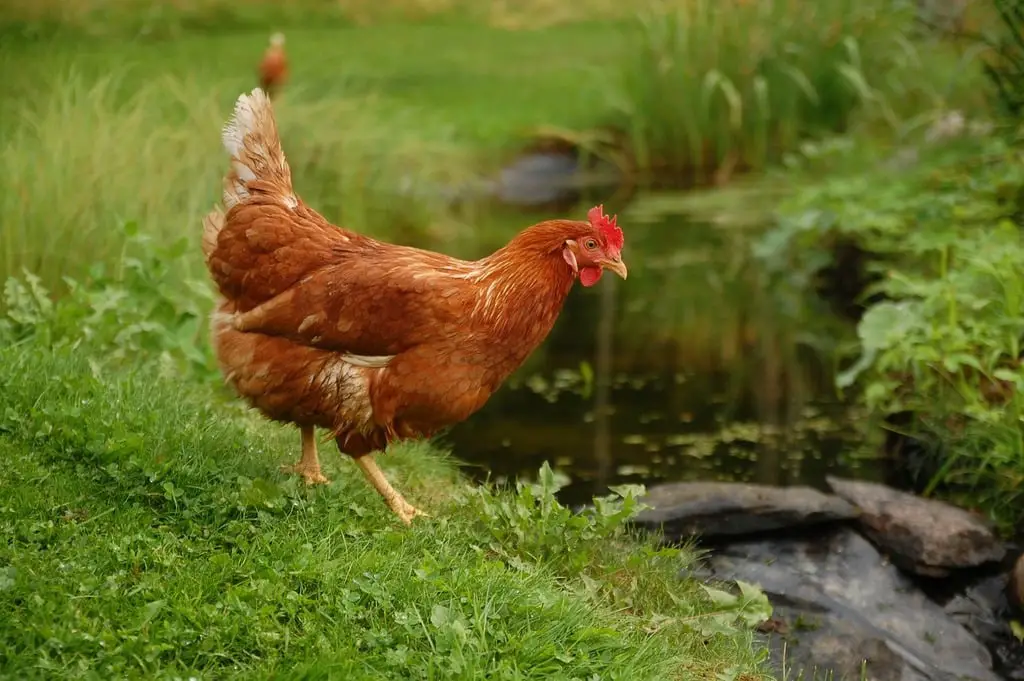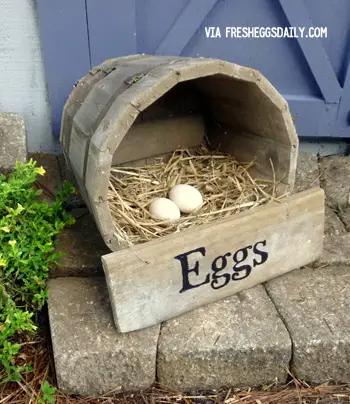Breaking the broody spell can be a challenge, but fear not! We’ve got the tips and tricks to help you manage your broody hen and get your coop back to normal. 🌿🏡
🌞 Understanding Broodiness:
First things first, let’s understand why hens go broody. Broodiness is a natural instinct for hens to incubate eggs and raise chicks. While it’s great for expanding your flock, having a broody hen when you’re not ready for chicks can be a bit tricky.
🚀 Identifying Broodiness:
How do you know if your hen is broody? Look out for telltale signs like puffed-up feathers, a growly or protective attitude, and staying in the nesting box for extended periods. If you notice these signs, you’ve got a broody hen on your hands!
🛑 Breaking the Broody Spell:
Isolation Station: The first step is to isolate the broody hen. Set up a separate, comfortable space away from the nesting boxes. This helps break the connection between the hen and her chosen nesting spot.
Cooling Techniques: Broody hens raise their body temperature to incubate eggs. Cool things down by placing a bag of frozen peas or ice packs in her nesting box. This disrupts her incubation process and can help snap her out of broodiness.
Limited Comfort: Make her space less comfortable. Remove any soft nesting materials, and add some wire or uncomfortable surfaces to her nest. This discourages brooding behavior.
Daily Distractions: Keep her mind off nesting by providing daily distractions. Scatter treats around her space, introduce new toys, and encourage her to engage in dust baths or explore the surroundings.
Regular Checks: Monitor her behavior closely. If she continues to show signs of broodiness, repeat the cooling and discomfort techniques until she breaks the habit.
👍 Prevention is Key:
To prevent broodiness in the future, collect eggs regularly and keep nesting boxes clean. Discourage extended stays in the nesting box by encouraging activity and exploration in the coop.
🌈 Happy Hen, Happy Flock:
Remember, breaking a broody hen is a process that requires patience and persistence. By understanding her instincts and using these techniques, you’ll be well on your way to maintaining a happy and harmonious flock. Here’s to a coop full of contented, non-broody hens!
Share this content:


